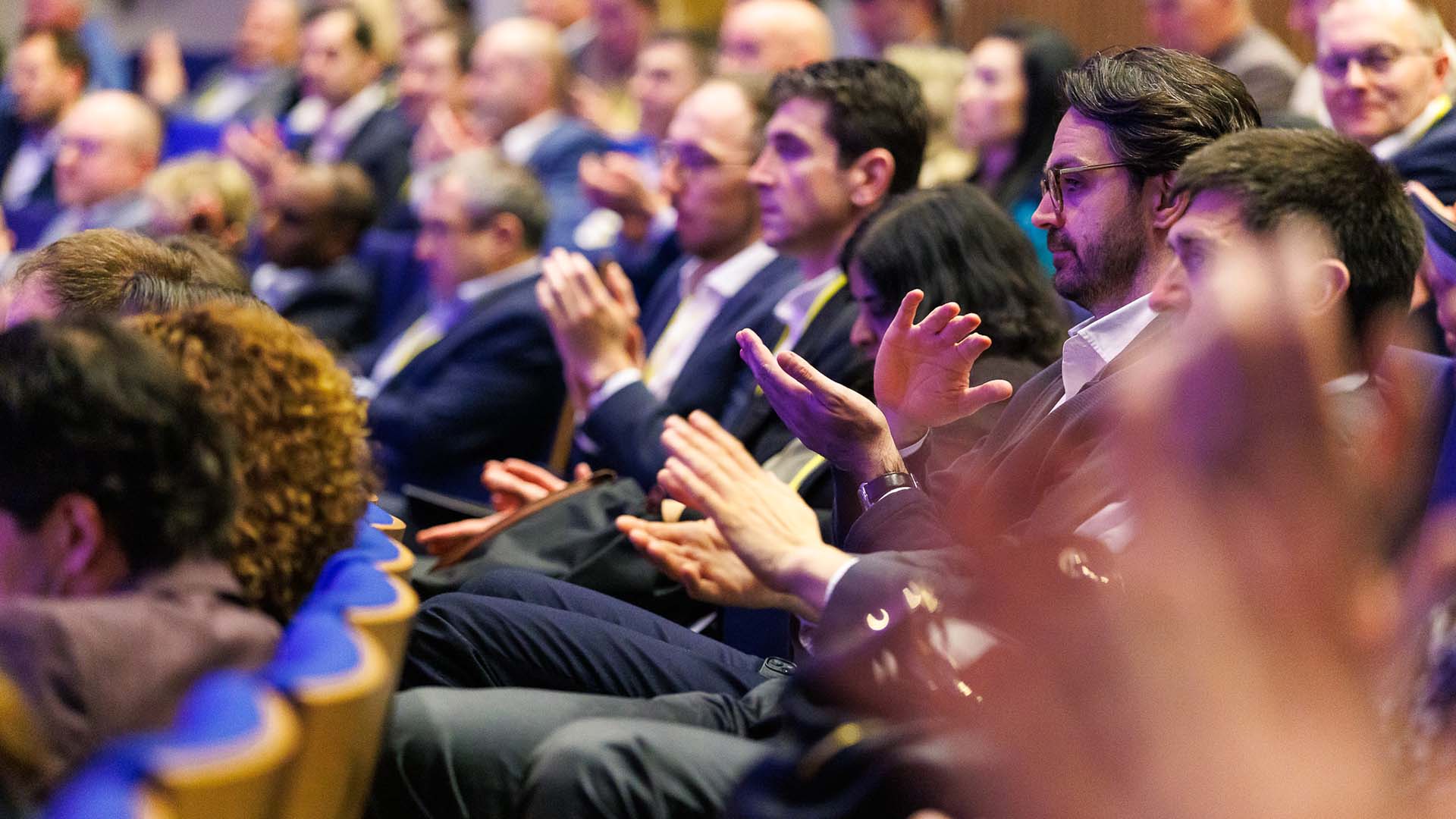
Most corporate treasurers will be aware of the Loan Market Association (“LMA”) from being faced with LMA documentation on loan and Schuldschein transactions. However, not everyone is familiar with what the LMA does, its purpose, how they produce their forms of documentation and how they interact with borrowers. The German Associaton of Corporate Treasurers (GACT) spoke to Kam Hessling, Senior Director at the LMA to find out more.
Of course, and thank you for inviting me to speak to the GACT community about the LMA. The LMA is a not-for-profit trade association with the goal of facilitating liquidity, efficiency, transparency and sustainability in the EMEA loan market. We look to achieve these goals through various methods. We are probably most well-known for our forms of documentation. However, our work goes much wider than this. We also provide market guidance, set best practices, establish a global community through events and working parties, educate the market through events and training, as well as advocacy on regulation and legislation impacting the market.
We act for the loan market as a whole and cover a wide range of sectors from investment grade, leveraged finance, real estate finance, sustainable finance, credit risk insurance, commodities finance, export finance and much more.
It is important for the LMA to engage with all players in the loan market, including borrowers. Interaction with borrowers is incredibly important to us given the relationship nature of the loan market. We are actively increasing our interaction with the borrower community to ensure that borrowers have a voice within the LMA. What many corporates don’t realise is that we welcome borrowers as members of the LMA – this is actually a part of the membership which has really started to grow in recent years.
We are pleased to have a strong relationship with GACT and we have really appreciated the continued collaboration (including on webinars, articles and also your input into our working parties). Thank you! We are also in regular dialogue with other corporate treasury associations across EMEA, with the ACT in particular being a member of some of our key working parties. We are also spending time talking to individual borrowers in the market to get direct feedback, and I’m pleased that we have had so many borrowers agree to speak at our events to share their perspective.
The LMA works with the loan market to produce its documentation. We generally seek to reflect market practice rather than create it, although there are cases (like LIBOR transition) where we have had to take more of a lead.
We work with external legal counsel and working parties of market participants to produce documentation. The first step is to agree base assumptions for the relevant documentation (like agreeing the structure diagram for the transaction and key provisions to include). Documents then go through several rounds of comments with the relevant working party to reach a consensus position. On matters where there is no consensus, then we make good use of square brackets and blank spaces!
The LMA has different working parties covering different areas. For example, we have working parties for investment grade documentation, Schuldschein, leveraged finance, sustainability and so on. These working parties are made up of the most active participants in that relevant sector (including lenders and law firms).
Yes, that is correct. Many people may not realise the contribution the ACT makes into our investment grade documentation, and GACT into the promissory note (Schuldschein) documentation. This involvement is incredibly important for producing an appropriate starting point for negotiation. LMA documentation would not improve efficiency in the market if it were too one-sided. It has been fantastic to have the engagement of GACT and ACT into our documentation and there have certainly been draft provisions which have been changed due to that engagement showing how important it is.
LMA documents are only ever a starting point for negotiation. They need to be amended and tailored to the transaction and the borrower. The assumptions on which a particular LMA document is based may not reflect the deal of a particular corporate – each transaction and each borrower is different. It is important for parties to work together to understand how the transaction and borrower differs from the LMA base assumptions and adapt documentation accordingly.
We are aware of the term “LMA standard” often being used in negotiations. My view on this is that it is important for the efficiency of the market to explain this statement if ever used in negotiations, i.e. “this is LMA standard, and it is important and needed in this case because…”. That allows everyone to understand and be clear as to whether that provision is in fact needed or whether it can be amended.
The LMA standard point works very well where you are talking about mechanical provisions, but less so with highly negotiated commercial provisions, such as exceptions to covenants. For example, I’ve had a borrower say to me that they need specific carve outs from the negative pledge in addition to what is in the LMA due to the specific nature of their business. That is understandable and illustrates why an LMA document cannot cover all bases and needs adapting.
I get asked this a lot and it is really not by purpose! I can tell you that the documents would be even longer if we accepted all of the requests we get from market participants to add more clauses. We are very mindful to assess whether such additions are appropriate and necessary – often times these matters can be dealt with in another way (e.g. due diligence).
The LMA documents have an English law document as the base and for that reason can be longer than perhaps jurisdictions with a civil code may be used to. However, this setting out of the relevant terms in one place does provide clarity of terms and also gives comfort to a wide range of international participants in the loan market. It also provides helpful protection should a worst-case scenario happen (and there are LMA provisions which have been tried and tested in court). You will notice that all of our loan documentation follows the same structure for ease of understanding.
To assist the market with understanding of our documentation, we regularly run training (both in-person and online) and have user guides to our documentation. The ACT also produces very helpful guides for borrowers on the investment grade and leveraged facilities, as well as the sustainability-linked loan provisions, which are well worth reading.
We want to work with the borrower community to ensure that the market is efficient, transparent, liquid and sustainable. We will continue our education efforts with various ACTs and GACT. The LMA also welcomes feedback directly from the borrower community on how we can support the market. You can do this through GACT or you can speak to us directly (our details are on the LMA website). As I said before, loans are a relationship product and so it’s important the market works together to make it as efficient, transparent, liquid and sustainable as possible.
The questions were asked by the GACT’s Equity & Debt department.
This article has been republished with permission from the German Association of Corporate Treasurers (GACT).

The CEE 2025 Treasury Forum, held in Cluj-Napoca, Romania, from 15 to 17 May, gathered financial leaders from across the central and eastern European region to explore the evolving role of treasurers in today’s complex economic environment.
Read
Founded by treasury practitioners, Baltrea is driven by a vision to foster excellence, encourage collaboration, and promote innovation within the treasury community.
Read
The 2025 annual EACT Summit, held in Brussels in April, served as a timely reminder that treasurers across the community possess an increasingly welcome voice in the face of adversity.
Read.png)
The survey aims to identify challenges corporate treasurers of MNCs are facing and the technological innovations they intend to implement. It also aims to recognize evolutions over time and after crises.
Read
The fourth edition of the publication, describes basic requirements and provides guidance on establishing and developing the treasury function.
Read